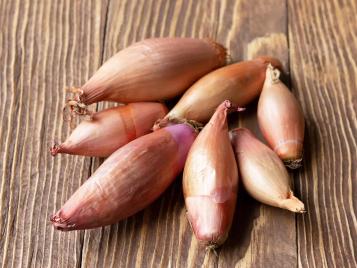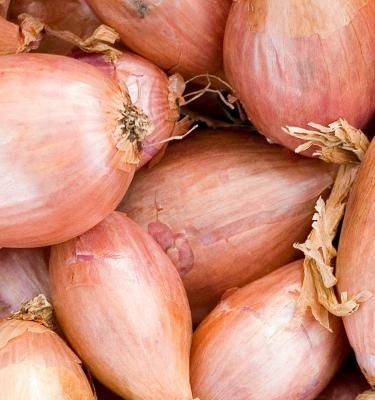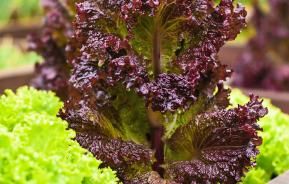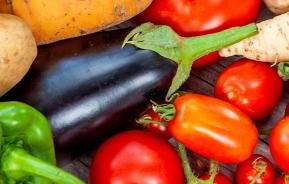Shallots are a must have crop for any kitchen garden. They’re easy to grow and their sweeter, milder flavour offers a delicious alternative to onions. Most gardeners grow them from sets, which will form a group of up to 12 new shallots – a more productive harvest, pound for pound, than growing onions!
How to grow shallots
Cultivation
Shallots prefer a sunny spot with well-drained soil.
When digging over the soil, remove any perennial weeds, to prevent them competing with the shallots, and improve the soil by incorporating some well-rotted organic matter, such as compost. A light sprinkling of a general plant food, such as Growmore or fish, blood and bone will ensure the crop is fed throughout the summer. Then rake the soil to a smooth friable surface.
Shallot varieties
Pesandor is a long French variety, Golden Gourmet produces larger, rounder bulbs and is derived from the reliable variety Dutch Yellow. Hative de Niort, Jermor, Pikant and Topper are all good, reliable varieties.

Planting sets
Shallots were always grown from individual bulbs, called ‘sets’. However, shallot seed is now also available for a few varieties including Ambition and Matador.
Each set will multiply so that you will harvest a cluster of eight to a dozen shallots of a similar size to the original planted shallot.
Plant sets from mid-February to mid-March where they are to mature and crop; it is also possible to plant up to to mid-April if necessary. Carefully push them into well-prepared soil or, better still, plant with a trowel, so that the tip is just showing above ground level. Leave a gap of 15cm (6in) between each set and 23-25cm (9-10in) between rows.
How to care for shallots
Water thoroughly during any periods of extended dry weather to keep the soil moist.
Because shallot leaves are thin, keep weeds under control throughout the growing season, otherwise they will reduce the size of the shallots and the overall crop.
A feed with sulphate of potash in June/early July will strengthen the bulbs, improve their flavour as well as their storage ability.
Harvesting
The foliage will start to turn yellow in July. When fully yellow, carefully lift the bulbs with a fork. Separate the clusters into individual bulbs and and dry for 7 to 14 days under cover in a cool, dry place.
| Foliage season(s) | Spring, Summer, Autumn |
|---|---|
| Sunlight | Partial shade, Full sun |
| Soil type | Clay, Loamy, Sandy |
| Soil pH | Neutral |
| Soil moisture | Moist but well-drained |
| Ultimate height | 30cm (12in) |
| Ultimate spread | 30cm (12in) |
| Time to ultimate height | 3-4 months |








